This is the 21st in a series of posts on the Hasselblad X2D 100C camera and the XCD lenses. You will be able to find all the posts in this series by looking at the righthand column on this page and finding the Category “X2D”.
In the previous post, I determined that the H2D is ISOless above ISO 200. Today I’m going to give a visual demonstration of that. The subject is my bookcase, which has a long history of volunteering for the task whenever I do this kinds of test.
The setup:
- X2D with XCD 38 attached.
- RRS legs
- Arca Swiss head
- 2-second self timer
- Manual focus, using focus by wire and the focus indicator
- f/5.6
- Base image, ISO 200 at 2.5 seconds, which is ETTR
- Five images also at ISO 200, but with less exposure in one-stop steps, so that the final image is -5 EV from ETTR.
- Five images with ISO increasing and exposure decreasing in one-stop steps.
- Developed in the current version of Lightroom CC
- Default settings except for the following
- White balanced to the second from left gray square on the Macbeth chart for the ISO 200 image.
- Applied that white balance to al the other images
- Sharpening set to zero
- Noise reduction set to zero
- Each underexposed shot of the ISO 200 series pushed with Lr’s Exposure control by the amount of underexposure.
A few sample images:
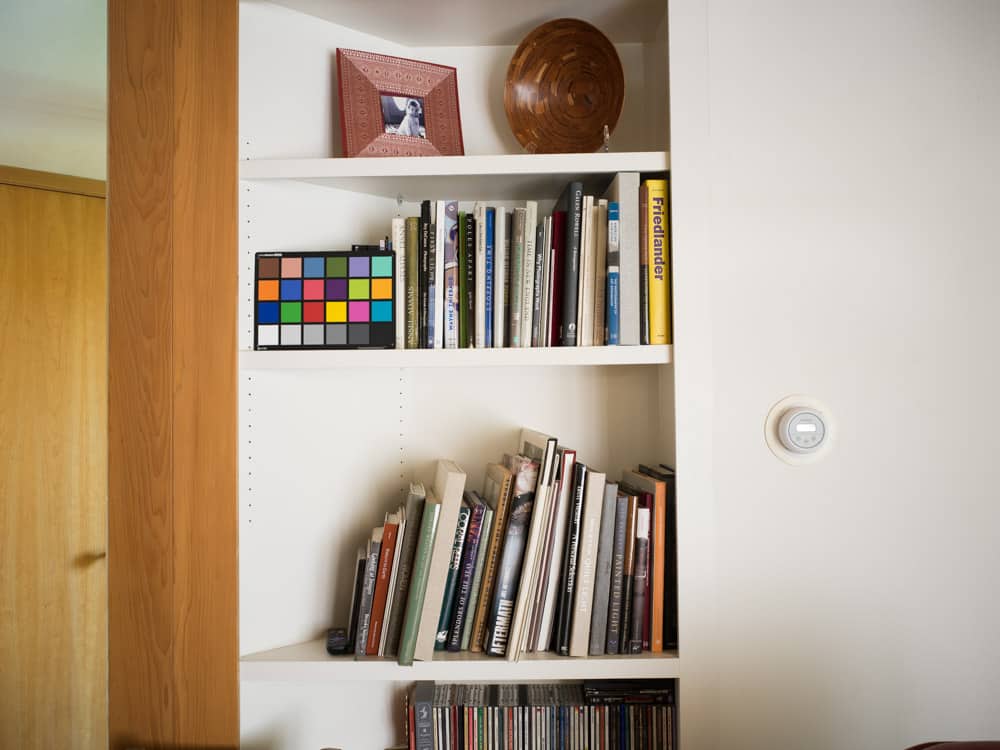
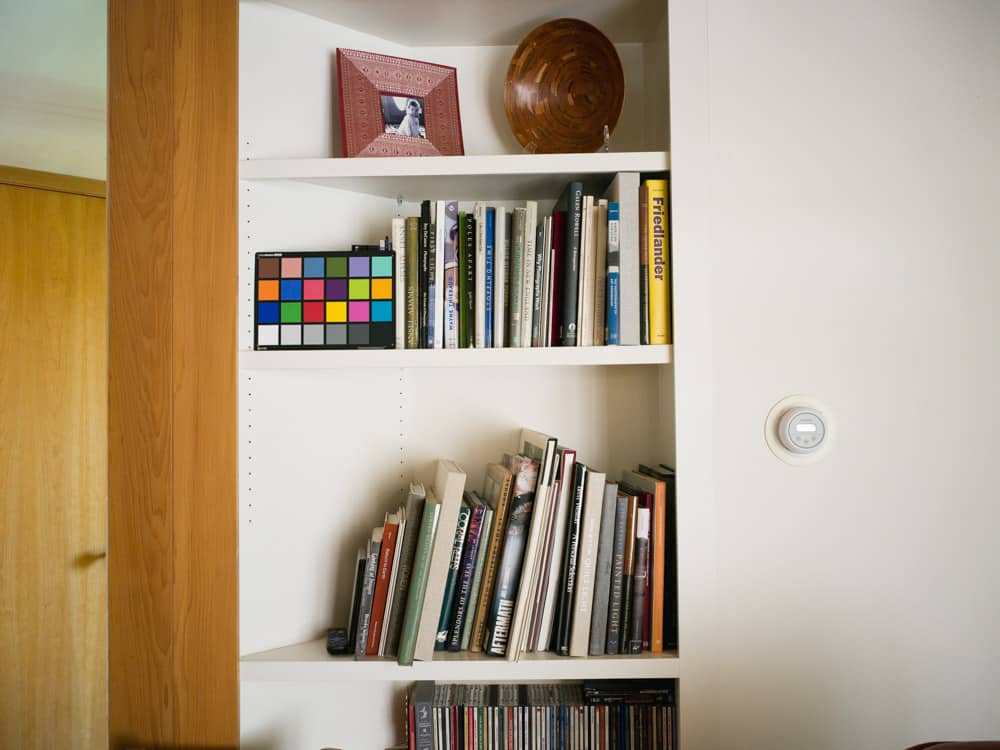
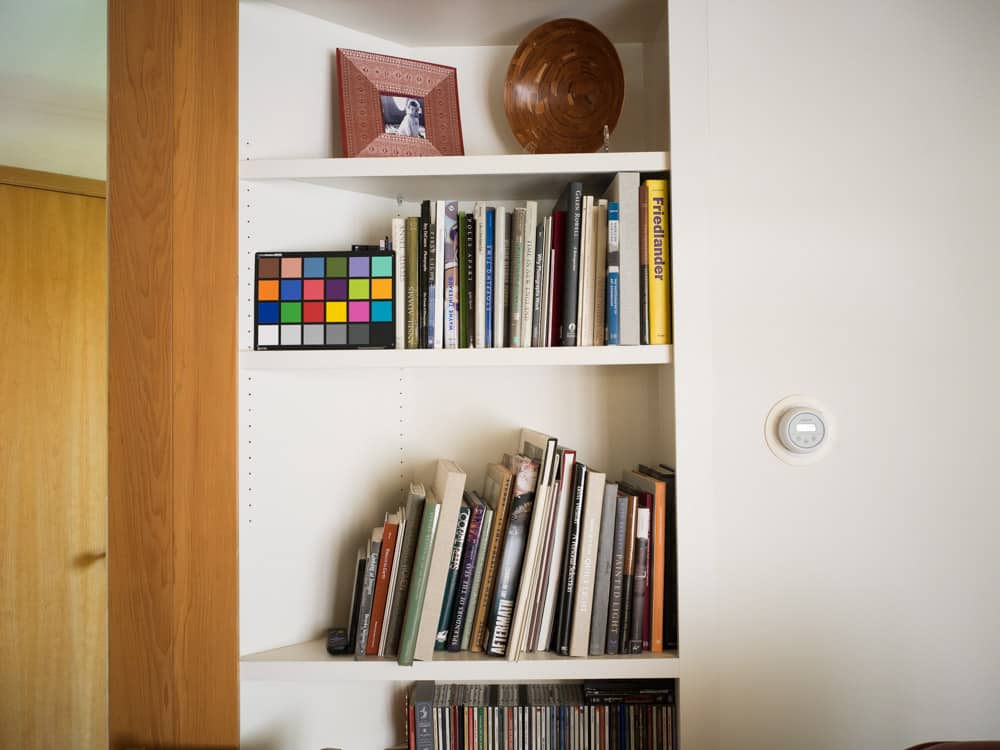
Some 1:1 crops:
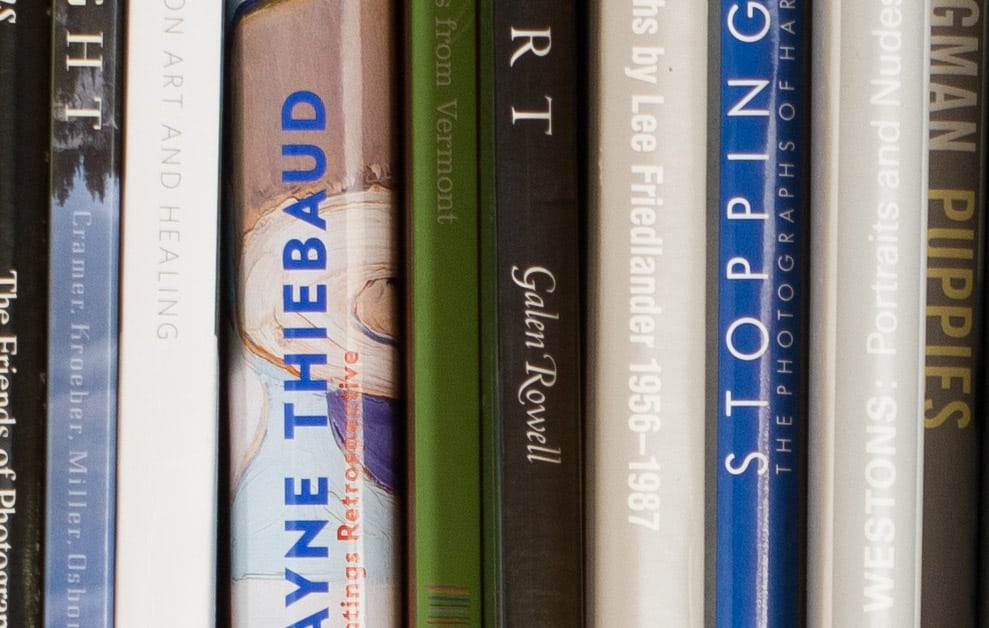
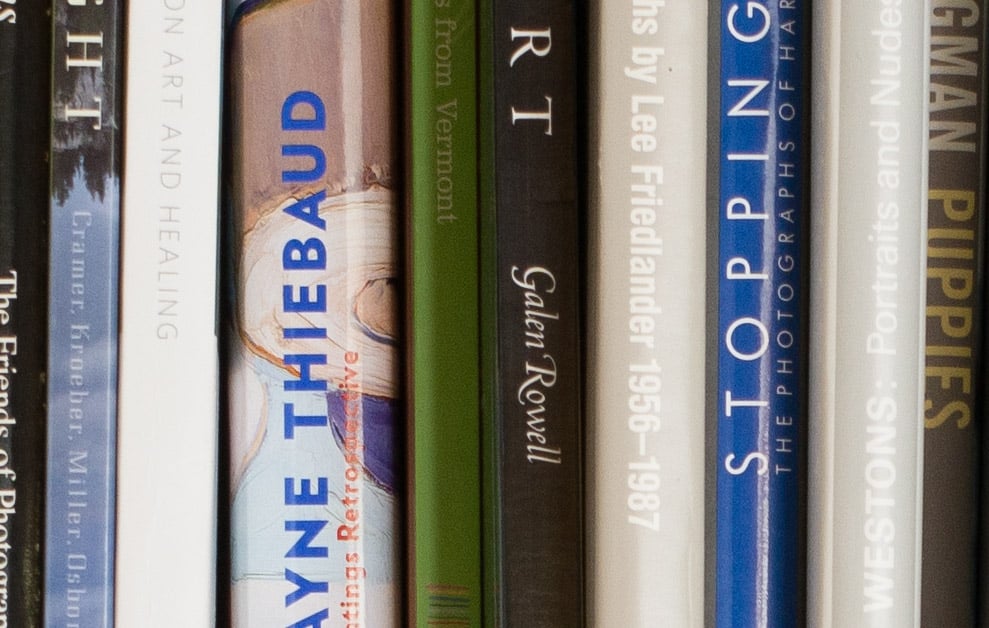
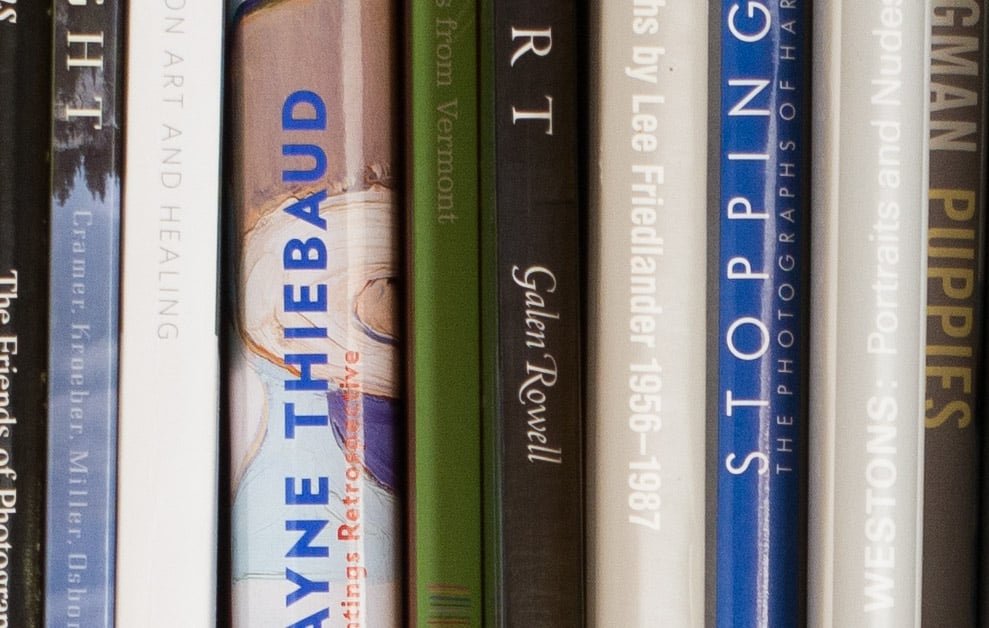
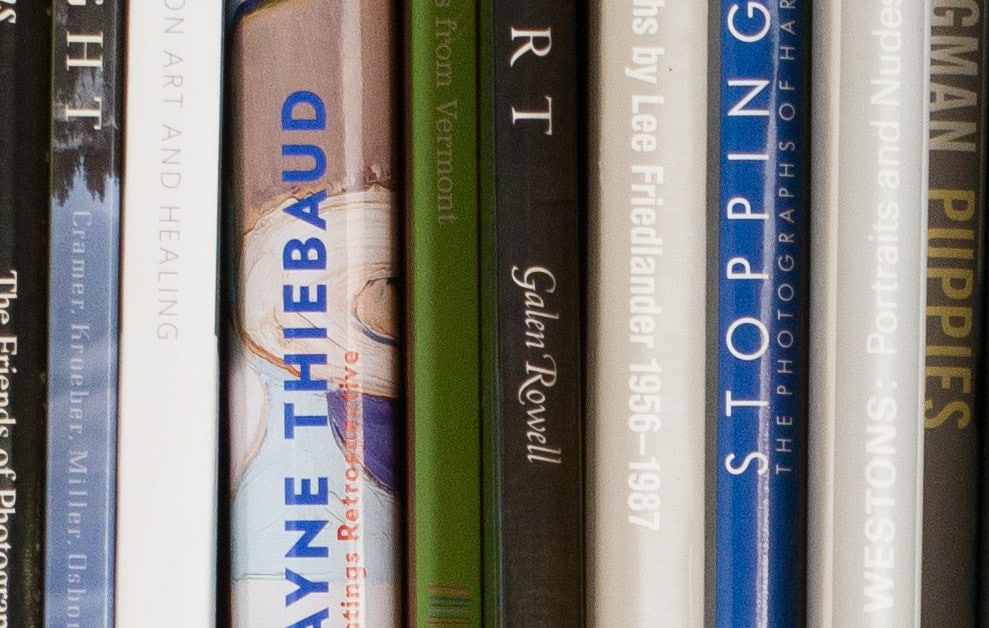
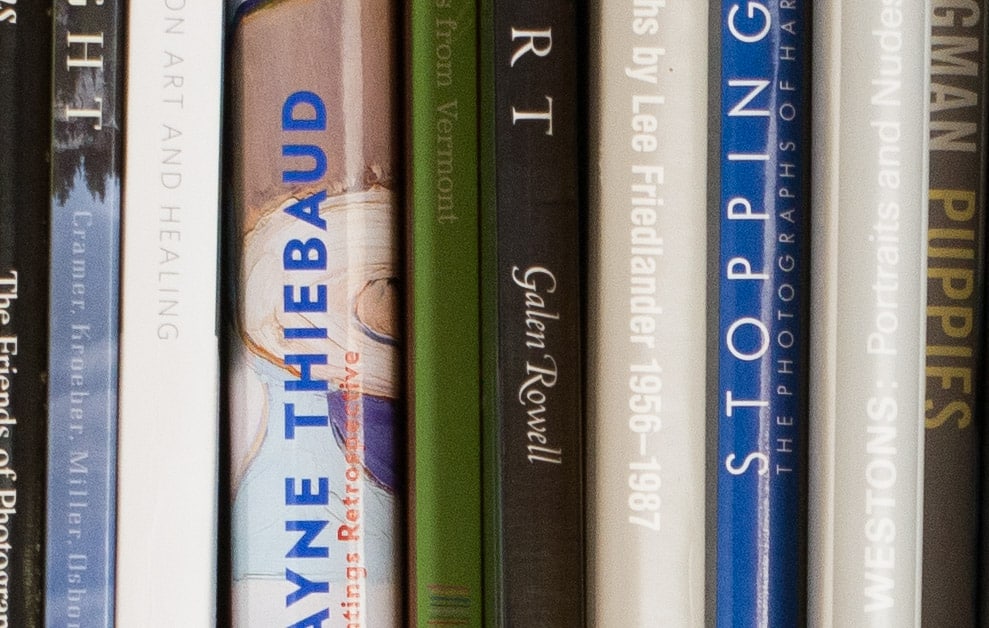
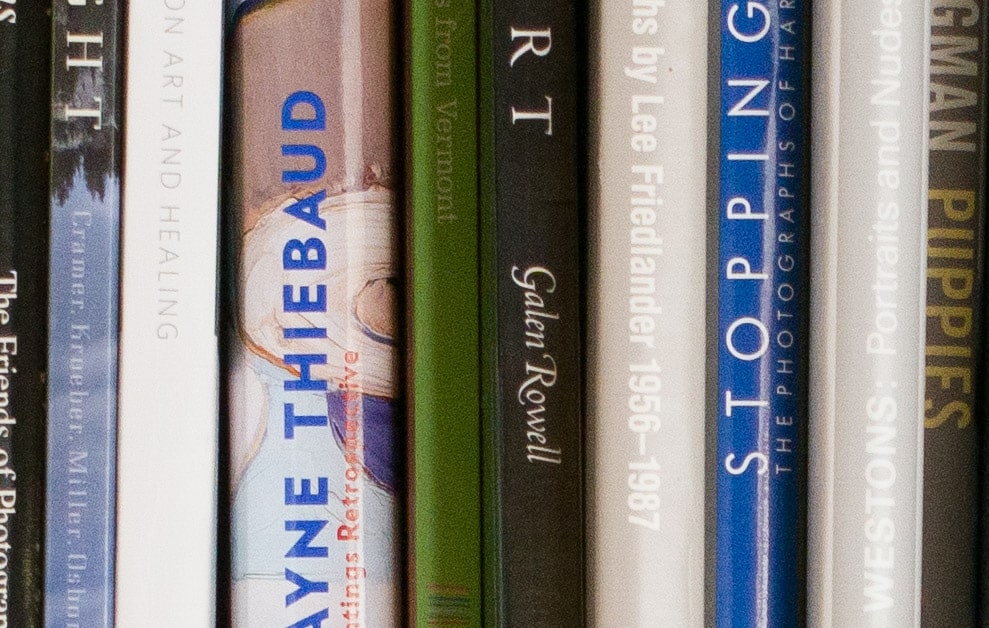
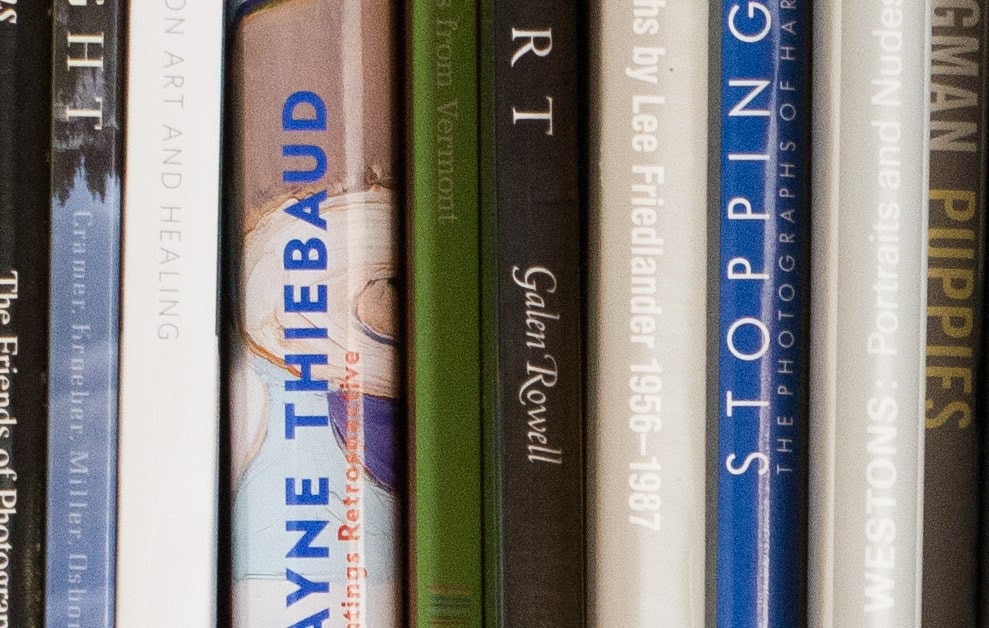
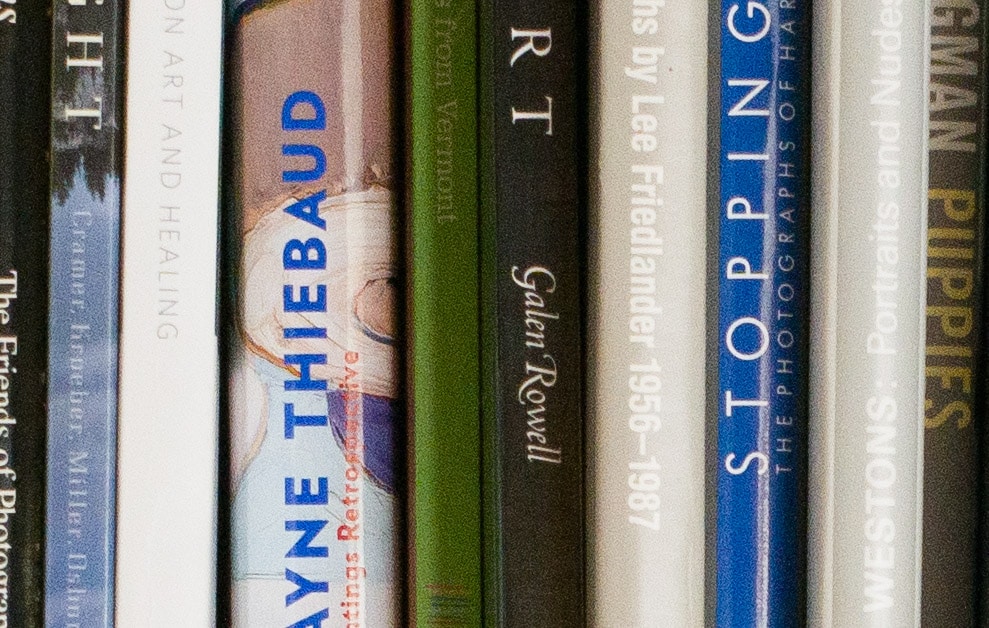
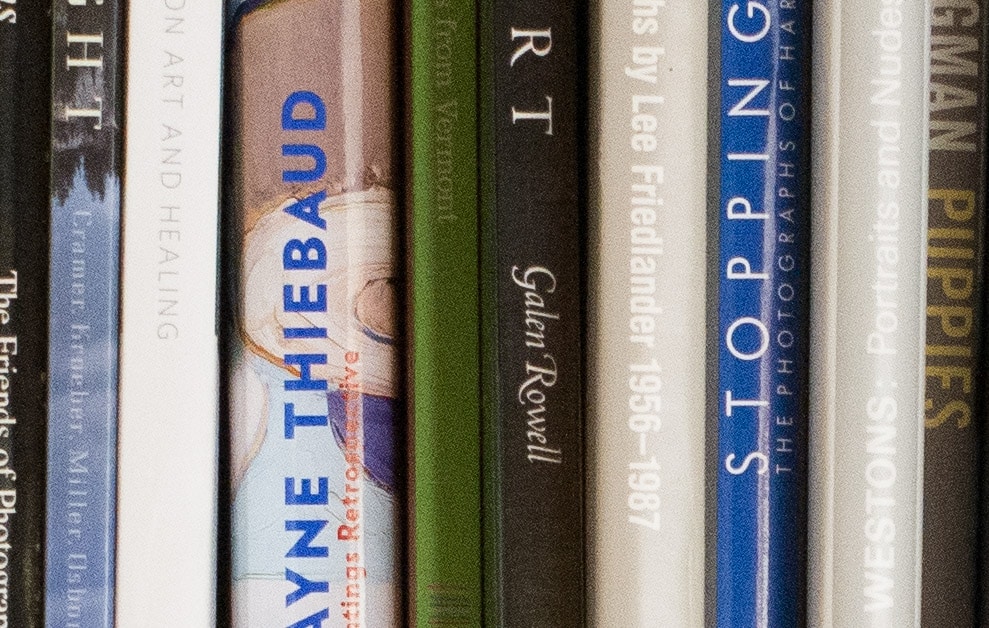
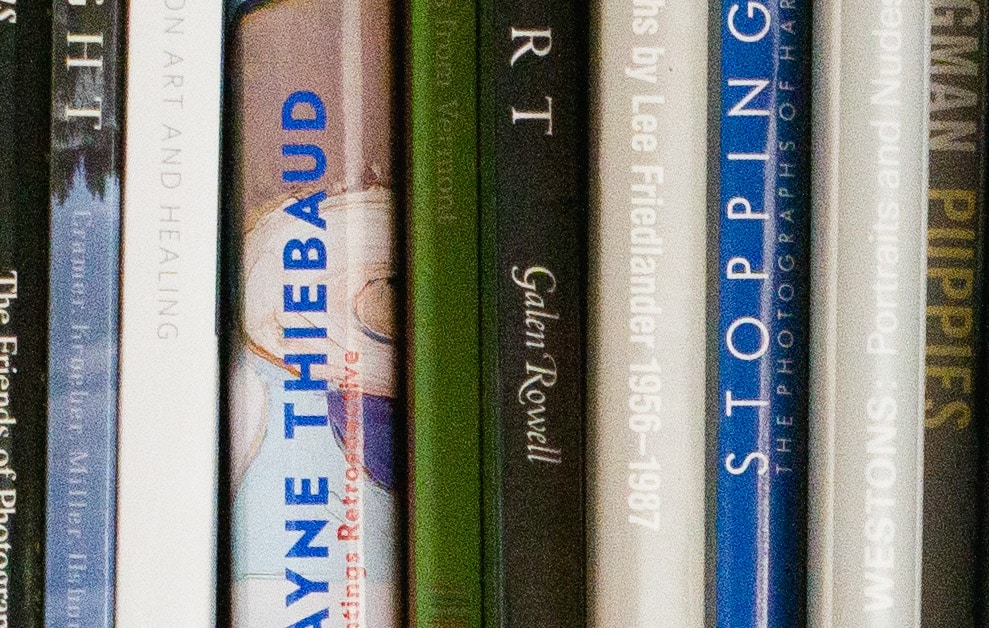
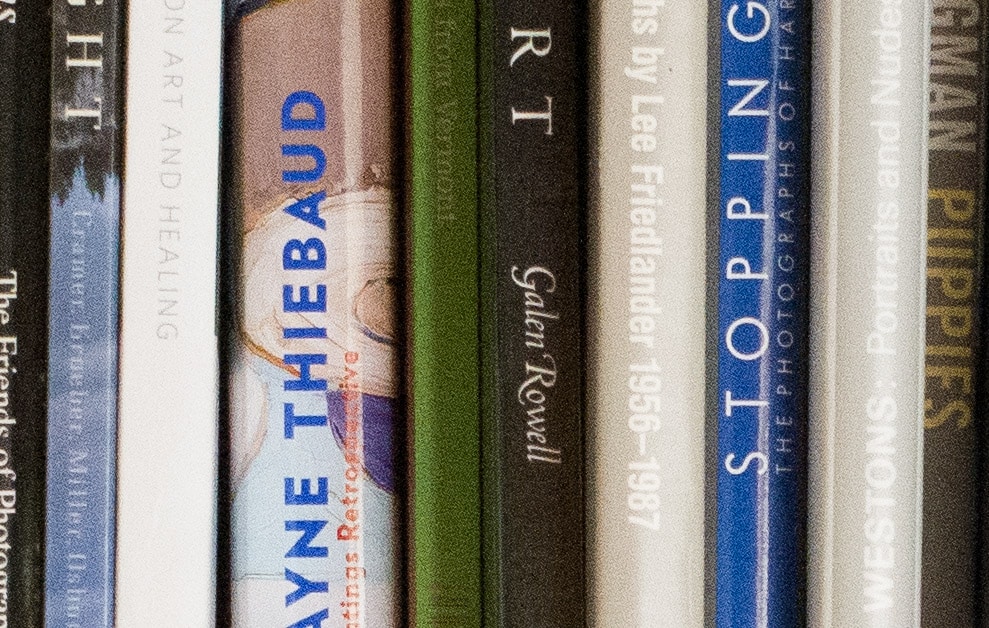
How about color shifts?
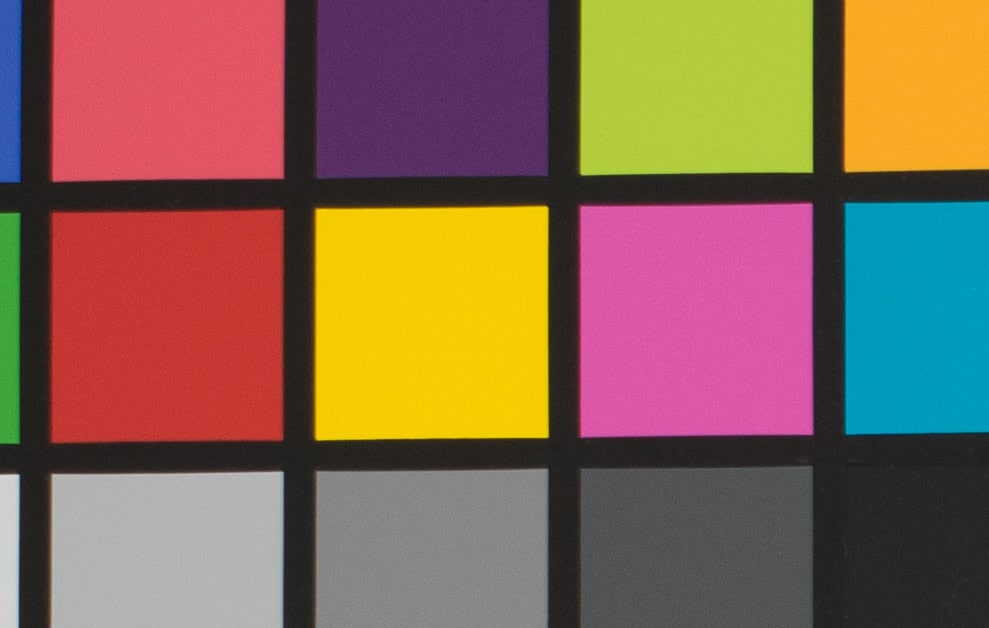
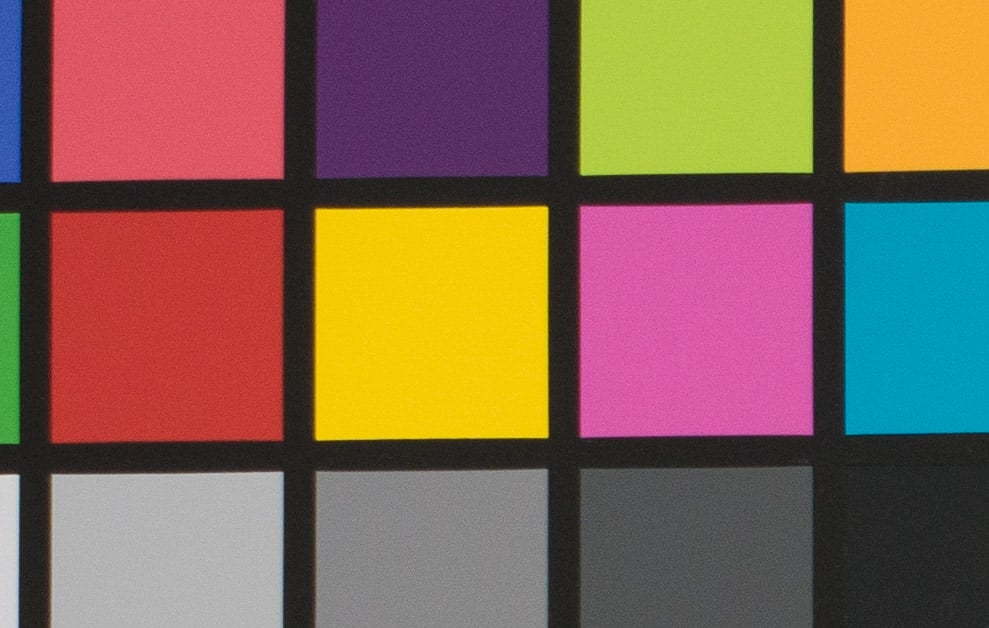
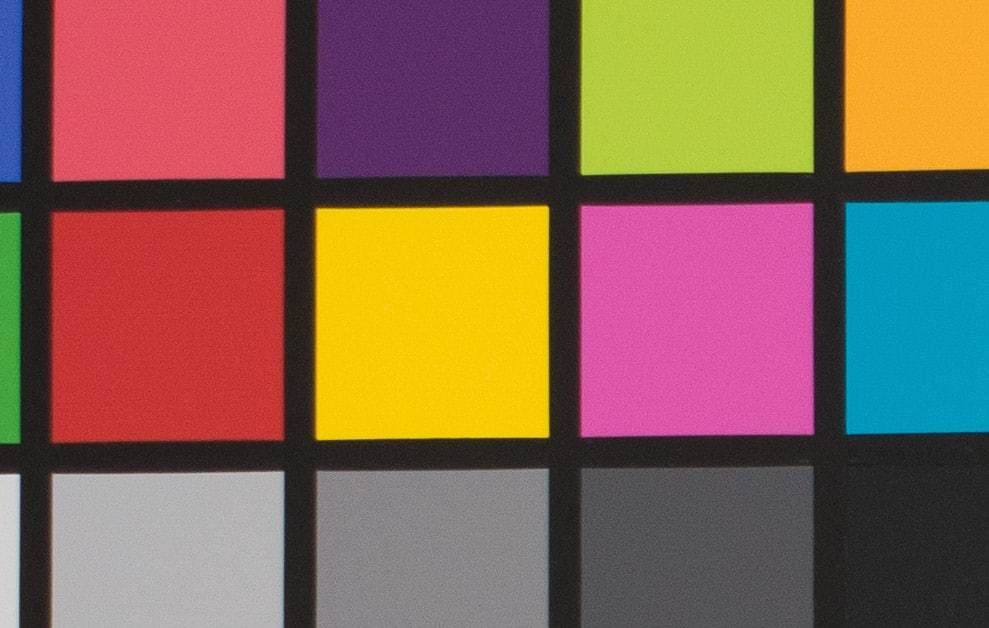
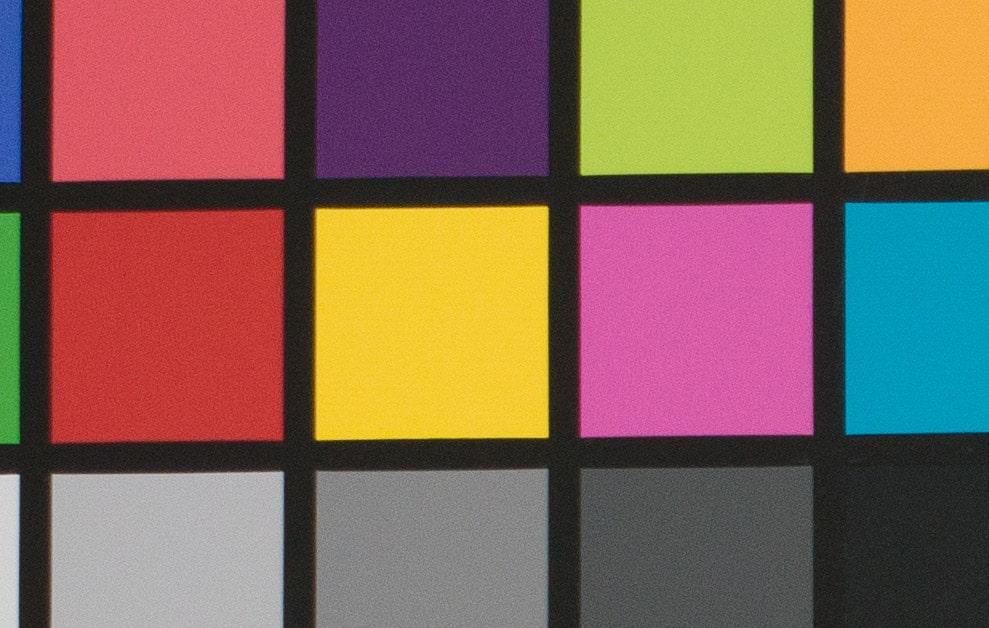
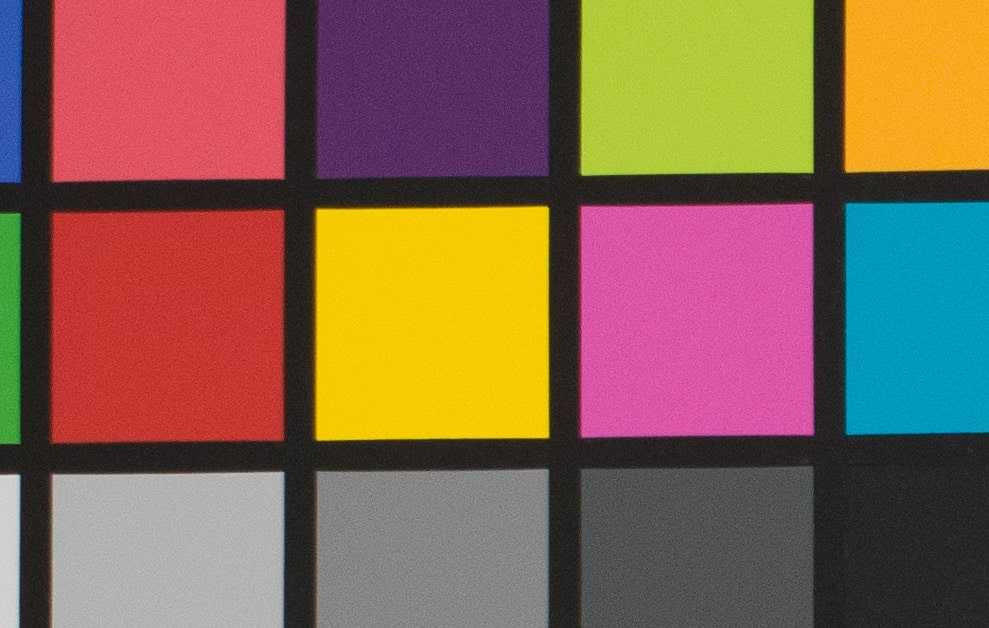
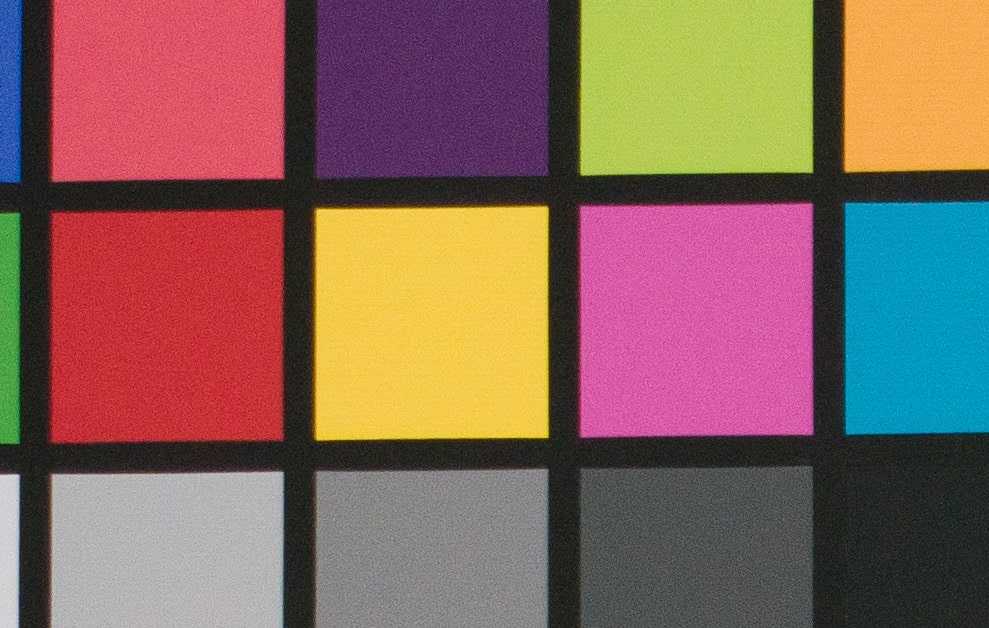
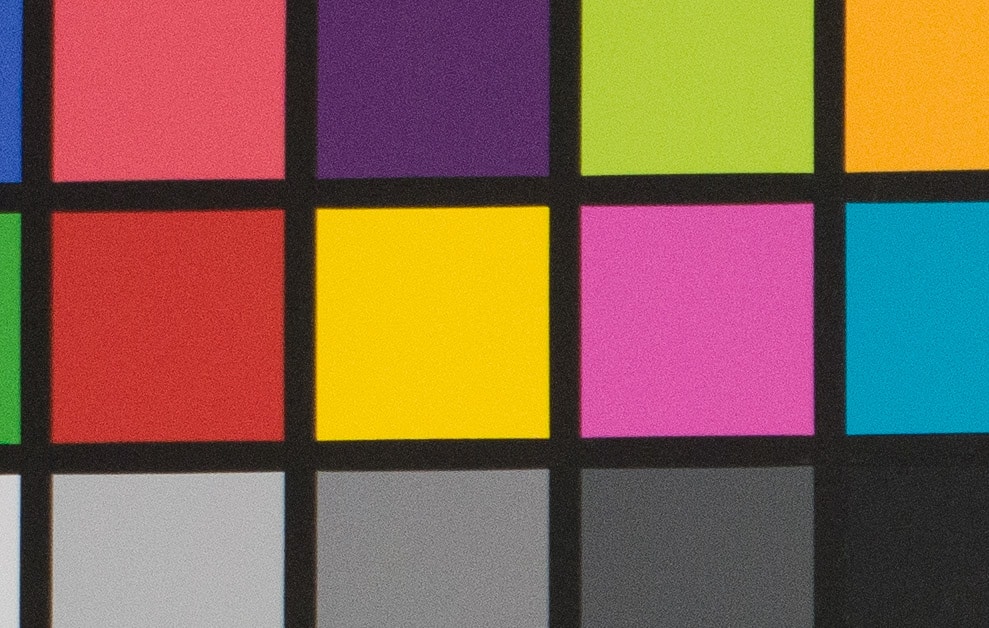
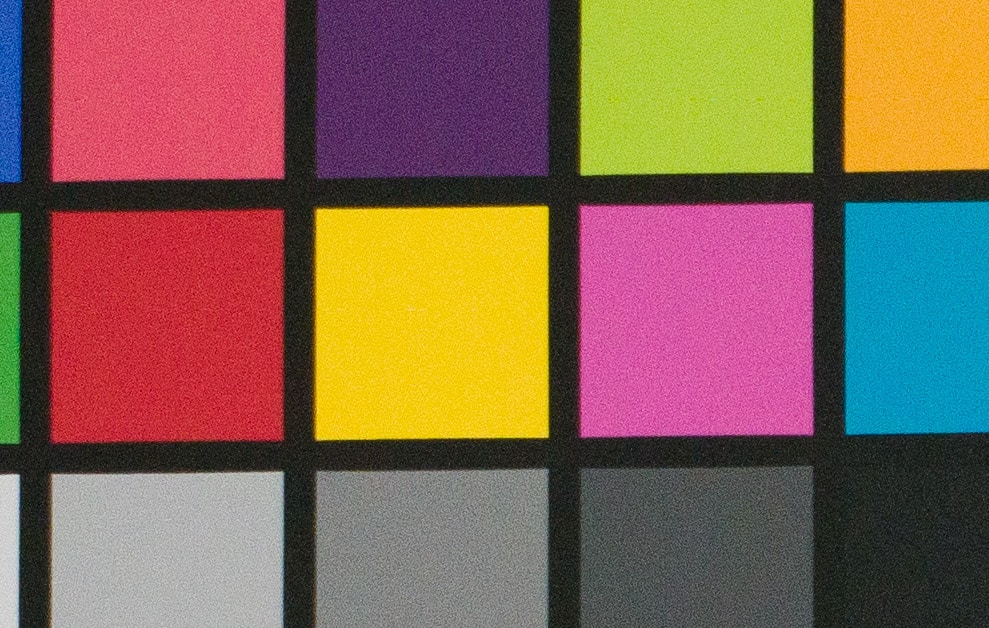
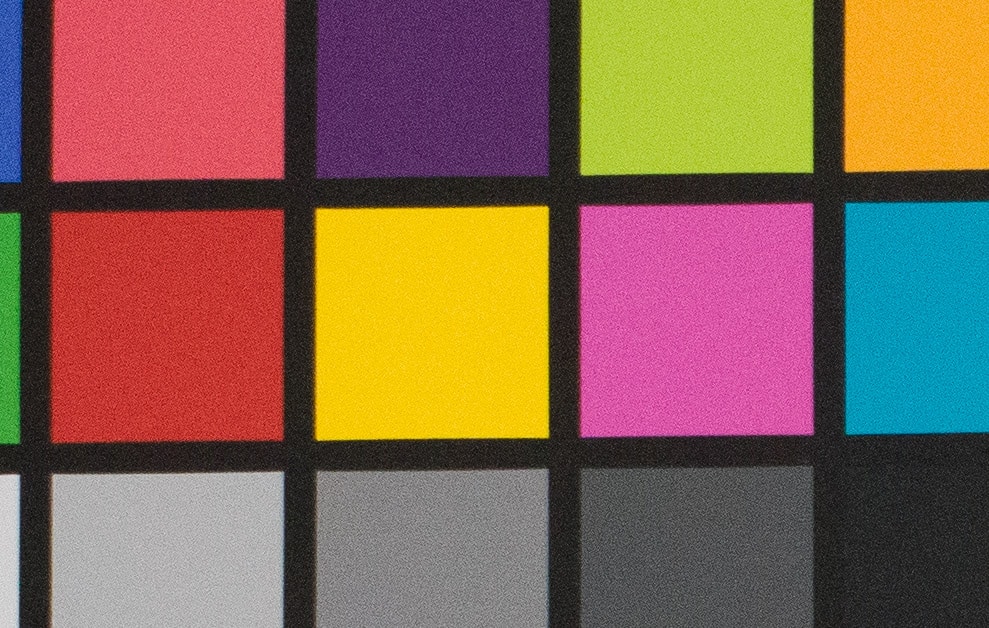
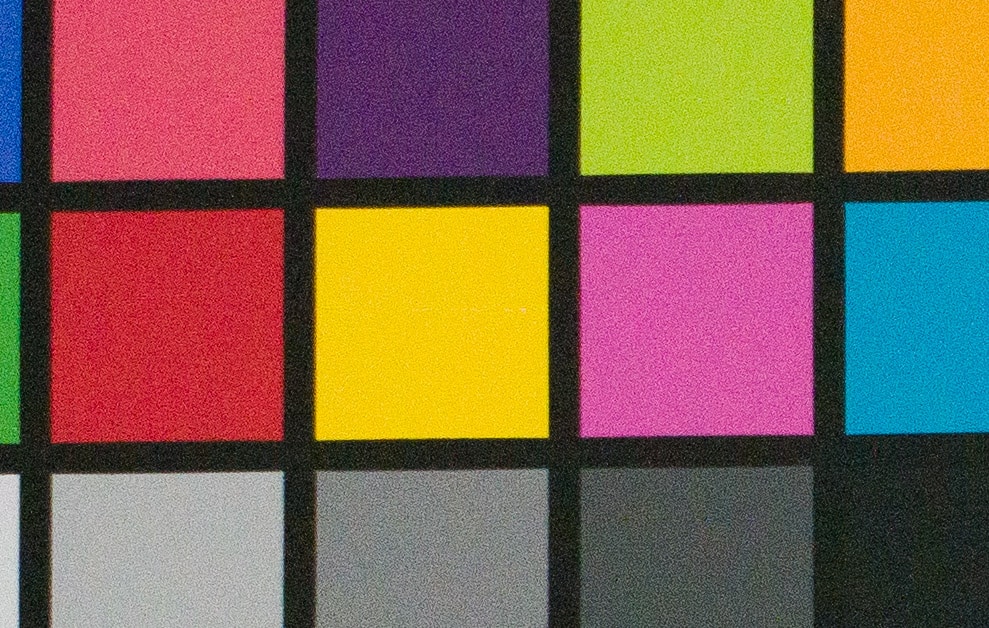

When I’ve done this with some other cameras, I see significant white balance errors on the hard-pushed shots. That’s not happening here.
Hi Jim,
Is it behaving like the gfx50s where above iso 1600 the data written in the raw file was the same as iso 1600 and then Fuji relied on digital gain in the raw processor?
Thanks for your work,
Michele
No, it’s applying analog gain up through ISO 12800.
How does this compare to the GFX 100s?
The GFX 100S switches to high conversion gain later, and thus starts its ISOless behavior later. Otherwise, the cameras are similar in their shadow response.
Hello Jim,
Would you have a diagram illustrating the relation between (Shadow) Noise vs ISO that we can combine with your diagram about EDR vs ISO to try to find a good ISO that reduces noise but maximizes EDR (for Astrphotography)? It seems that number is ISO 200.
https://blog.kasson.com/x2d/hasselblad-x2d-fwc-rn-and-ptcs/
See the first set of curves.